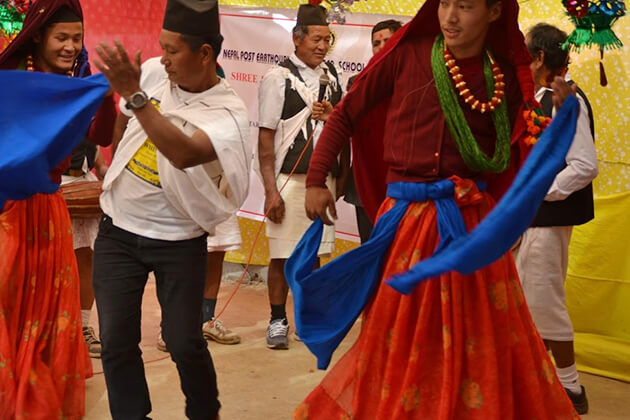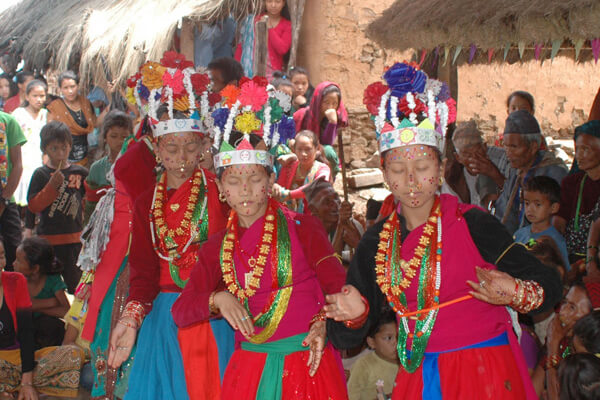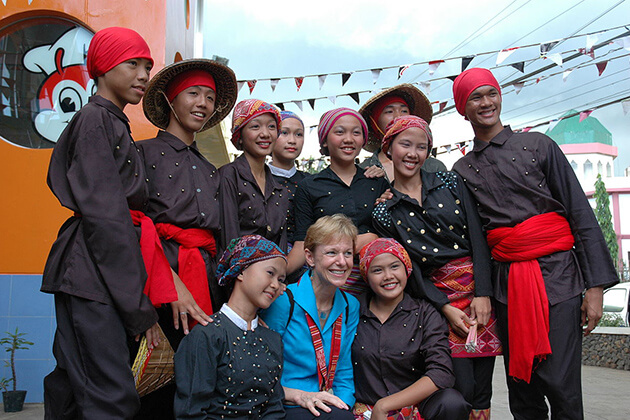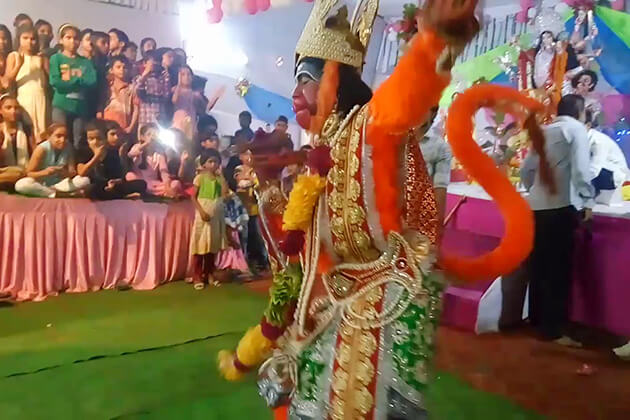Nepal Dance Forms
Although Nepal is a small country, it has 126 castes and small ethnic groups. Because Nepal is such a multicultural nation like that, it has a lot of dances. With classical, traditional songs and music, a dance will be completed. In Fact, there are 2 types of Nepal Traditional Dance: Classical and Folk dances, in which classical dances are based on the ancient classic, that means these dances have been performed since the ancient time with a long-lasting establishment, or the dances reaching the highest standards.
These dances are performed according to classical music and Nepal folk dances are based on the flock songs and music, which means that these dances belong to a particular group or area. These dances are performed according to folk music. And if you want to understand more deeply about tradition & culture while enjoying your Nepal tours, there is no reason to miss the exploration of some interesting Nepal dances.
Nepal Classical Dances
Ghatu Nritya
Ghatu Nritya dance is a classical dance of Nepal, which is performed among the Gurung community in Gandaki zone. The girls from 11 to 19 years old, who are unmarried, perform this dance.
Sorathi Nritya
This dance, also belonging to Western Nepal’s Gurung community, is performed for more than 15 days between the Tihar and Dashain festivals. It retells the story about a king having seven wives; however, he didn’t have any child. At last, the youngest queen bore a daughter, but because of jealousy, other wives threw the little princess into a river.
 Later, she was saved and brought up by a fisherman. In the end, everything was revealed with the happiness of reunion or the mother and daughter, as well as the punishment for the guilty ones. It must be a traditional dance of Nepal that you shouldn’t miss to witness.
Later, she was saved and brought up by a fisherman. In the end, everything was revealed with the happiness of reunion or the mother and daughter, as well as the punishment for the guilty ones. It must be a traditional dance of Nepal that you shouldn’t miss to witness.
Maruni Nritya
Maruni Nritya is a dance belonging to Western and Eastern Nepal, Sikkim and Darjeeling respectively. Also, it is the most well-known and oldest dance of Nepali community living in this region. Men and women performing Maruni dance, wear colorful clothes, sparkling ornaments, and nose rings. A clown, called ‘Dhatu Waray’ meaning liar, accompanies these dancers and acts as a comedian.
Devi Nritya
This is a classical dance continuing from Gaijatra to Indrajatra in Kathmandu Valley.
Hanuman Nritya
To perform this dance, people have to disguise as Hanuman who was the devotee of Ran. It is popular in Syangja, Baglung as well as other districts in this region.



Comments
Post a Comment